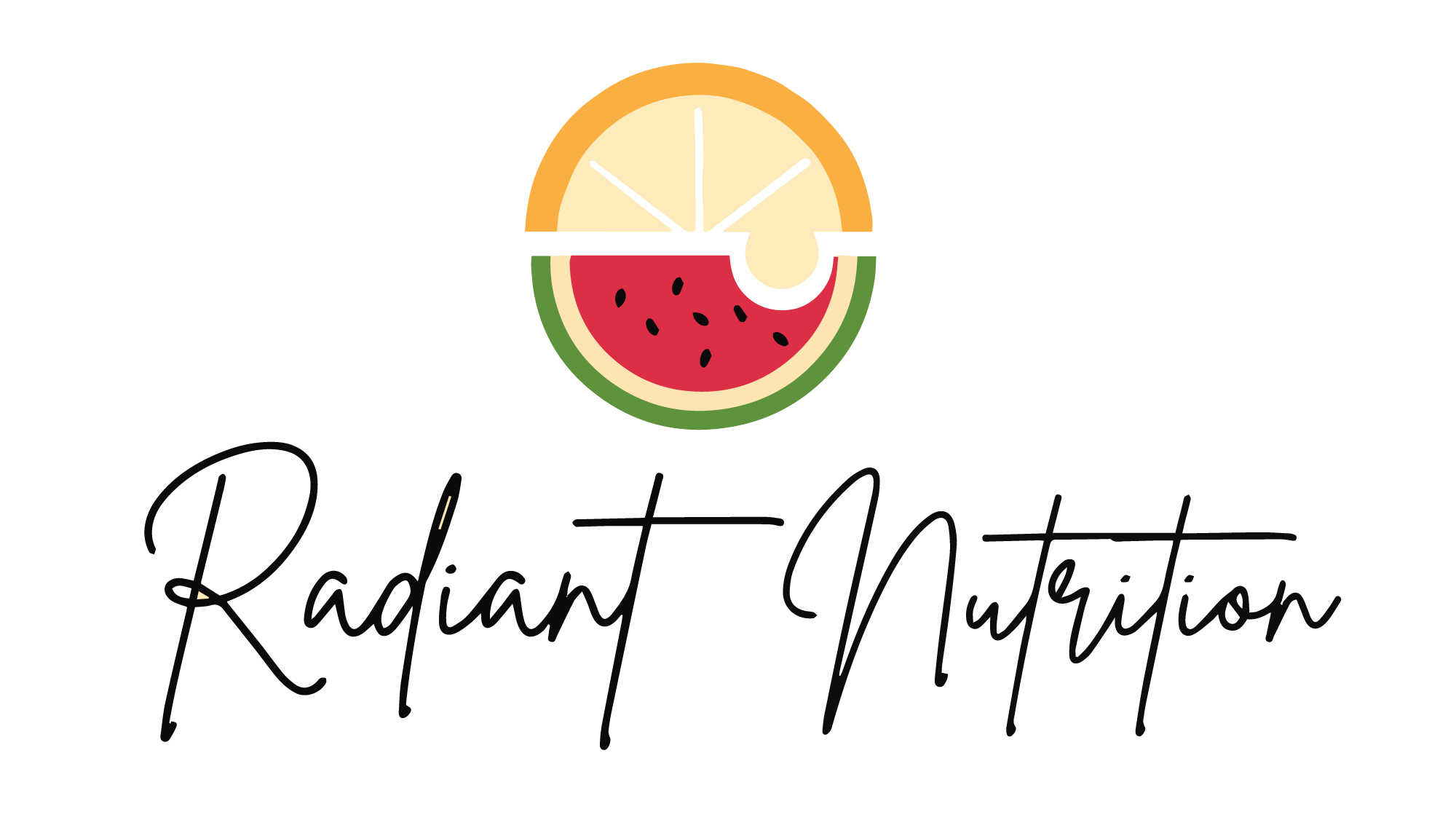Eat for Energy: Foods that Fuel Your Day
To start the month of June, we’d like to give you some tips on eating for energy! Especially as the weather gets warmer and you find yourself wanting to get outside and be more active. Scroll to the bottom for the quick ways to include more energy-boosting foods into your day.
One of the most common nutrients associated with low energy levels is vitamin D. To boost your vitamin D levels, try incorporating salmon, trout, sardines, tuna, pork ribs, eggs, fortified orange juice, fortified milk, and fortified cereal.
Another common nutrient associated with low energy levels is vitamin B1 (Thiamin). All B vitamins are involved in energy metabolism, but B1 and B12 (mentioned below) are the key hitters. Vitamin B1 can be found in pork, sunflower seeds, trout, peas, and pecans. Vitamin B12 can be found in nutritional yeast, eggs, clams, beef liver, mussels, sardines, crab, trout, and wild salmon. On a side note, while vitamin B12 is very important for energy production, unless you have a deficiency, it is unlikely that supplementation (often recommended as a quick fix on social media) will greatly improve your energy levels.
The last nutrient often associated with fatigue is iron. Iron deficiency has been reported in about 10 million people in the U.S., and iron-deficiency anemia has been reported in about 5 million. In fact, over 1 in 3 women in the United States suffer from iron deficiency anemia due to factors such as menstruation and inadequate iron intake. Because iron produces hemoglobin which helps transport oxygen from the blood to the muscles and tissues you may begin to feel fatigued over time if you are deficient. Iron can be found in soybeans, oysters, dark chocolate, spinach, and sesame seeds. It is also important to eat vitamin C (papaya, bell peppers, brussell sprouts, broccoli, strawberries, etc.) with iron-rich meals to increase absorption.
Interestingly, fiber is a sneaky way to boost energy. Foods containing 3-5 gms of fiber/serving help stabilize your blood glucose levels, preventing spikes and crashes, that may leave you tired and ready for an afternoon nap. While it is entirely normal for your blood glucose to rise after you eat carbohydrates (aka. energy), fiber helps to sustain the energy you take in. Fiber can be found in navy beans, whole grains, lentils, tempeh, fruits and vegetables.
Finally, a note about protein. Unfortunately, protein is incredibly over-hyped on social media today with a large majority of influencers recommending amounts way over the required needs of most people. Protein essentially slows absorption time of carbohydrate in a meal/snack which allows for longer satiety between meals and thus, more extended energy. If you are not consuming enough carbohydrates, your body will break down it’s own muscle tissue for energy so be careful when putting meals together and side-lining carbohydrate.
Here are a few practical ways to get these nutrients into your diet without much fuss:
Vitamin D: salmon/tuna bowls (https://tastesbetterfromscratch.com/salmon-bowls/ ), fortified milk and cereal, quick scrambled egg (https://eggs.ca/recipes/basic-microwave-scrambled-eggs/ ) in the morning with fortified orange juice
B1: trail mix with sunflower seeds and pecans, pulled-pork sandwich (https://slowcookergourmet.net/slow-cooker-bbq-pulled-pork/ )
B12: crab frittata (https://dishonfish.com/crab-frittata-squares-breakfast-made-easy/ ), baked salmon ( https://www.lecremedelacrumb.com/best-easy-healthy-baked-salmon/ ), nutritional yeast popcorn (https://carmyy.com/nutritional-yeast-popcorn/ )
Iron: any tofu recipe (there are soooo many good ones out there), dry-roasted edamame, spinach salad (https://www.loveandlemons.com/spinach-salad/ ), dark chocolate chip muffins (https://preppykitchen.com/chocolate-muffins/ )
Fiber: lentil soup (https://cookieandkate.com/best-lentil-soup-recipe/ ), baked tempeh (https://www.loveandlemons.com/tempeh/ ), raspberry jam
Protein: the world is your oyster for this one!
Here are some great energy bite recipes for quick energy on the go:
https://feelgoodfoodie.net/recipe/no-bake-pumpkin-spice-bliss-balls/
https://minimalistbaker.com/5-ingredient-peanut-butter-cup-energy-bites/
https://gatherednutrition.com/apple-snickerdoodle-energy-bites/#tasty-recipes-8424-jump-target
If you are struggling to find energy, reach out! We can help you fill the gaps in your diet to help fight fatigue and embrace those ADLs.
Written by Trinny Duncan, Student Intern and Peggy Pratt, PhD, RDN, LDN, CEDS-C
References:
Does Protein Provide Energy? (n.d.). GoMacro. https://www.gomacro.com/does-protein-provide-energy/
Berg, S. (2024, January 26). What doctors wish patients knew about iron deficiency. American Medical Association. https://www.ama-assn.org/delivering-care/public-health/what-doctors-wish-patients-knew-about-iron-deficiency

